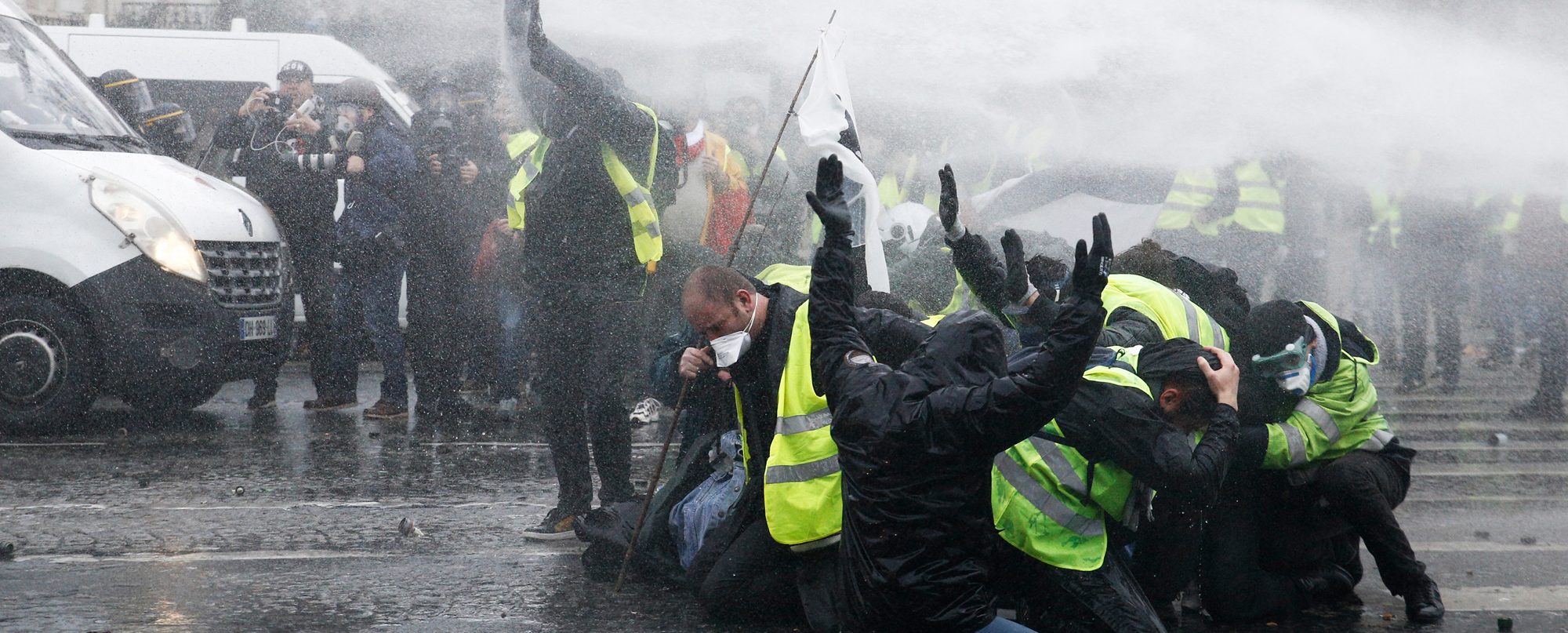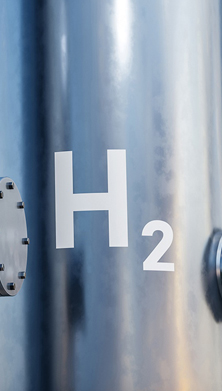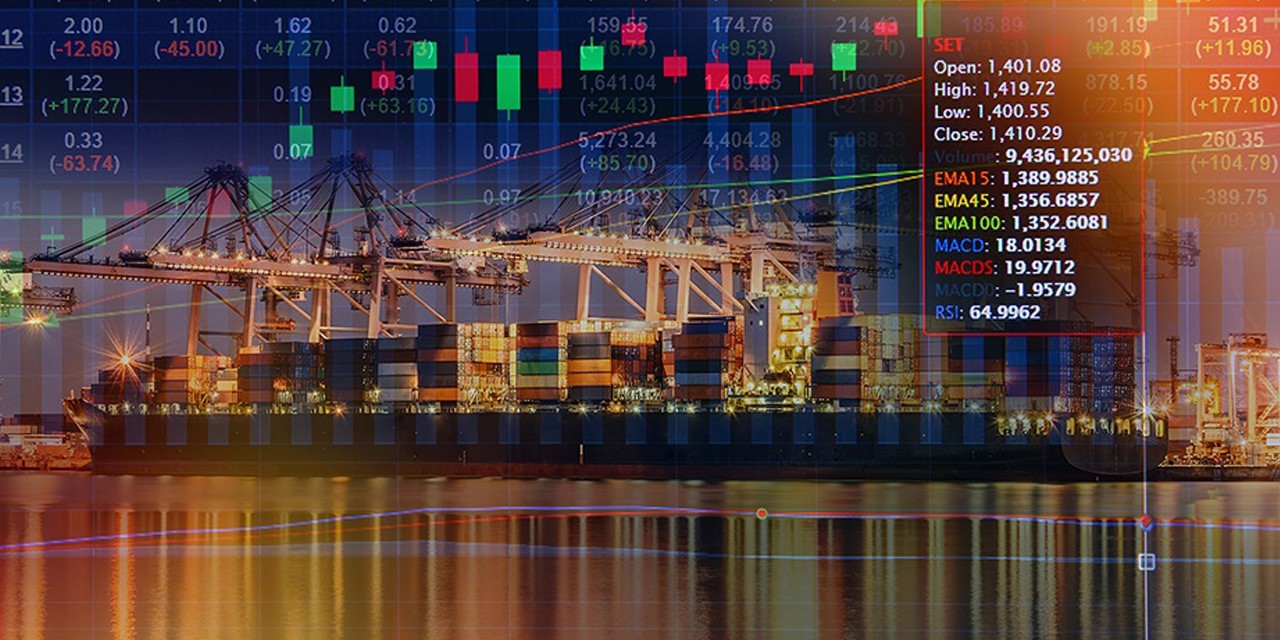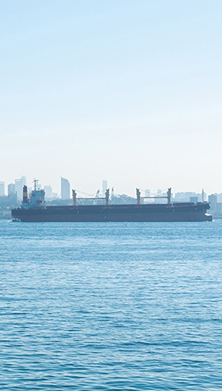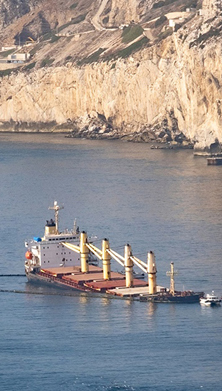Allianz Risk Barometer 2020 risk in focus:
Business interruption
Global ranking history
(position, % of responses)
- 2020: 2 (37%)
- 2019: 1 (37%)
- 2018: 1 (42%)
- 2017: 1 (37%)
- 2016: 1 (38%)
- 2015: 1 (46%)
Top risk in the following countries
- Austria
- Brazil
- Canada
- China
- Colombia
- Germany
- Indonesia
- Italy
- Malaysia
- Netherlands
- Philippines
- Poland
- Singapore
- Tanzania
Top risk in the following sectors
- Chemicals,
- Pharmaceuticals,
- Biopharma
- Food & Beverages
- Heavy Industry
- Manufacturing
- (incl. Automotive)
- Oil & Gas
- Power & Utilities
- Renewable Energy
- Retailing,
- Wholesale
- Transportation
What are the most frequent causes of BI insurance claims?
What causes of business interruption do you fear most?
Figures don’t add up to 100% as up to three risks could be selected.
Trend: Data vulnerabilies and digital supply chain reactions

The growing reliance on technology and data from business is beginning to manifest in BI and CBI claims. Companies can suffer major BI losses due to the unavailability of critical data or technology, either through a technical glitch, cyber-attack or a physical event, such as fire or flood. Loss of data, or “business intelligence”, is emerging as a significant cause of loss. The inability to access data for an extended period of time can have a significant impact on revenues – for example, if a company is unable to take orders. One notable large BI claim in 2019 involved a fire at a European media company. A significant proportion of the claim was related to the unavailability of data and the cost of restoration.
Dependency on digital supply chains – both for the delivery of services and the supply of goods – brings numerous benefits. Shared technologybased platforms enables data to be exchanged between parties, automates administrative tasks and orders and transports products on demand.
Digital supply chains are more transparent and goods can be tracked back to their source. For example, the food and pharmaceutical industries are just two sectors that are already using blockchain solutions to trace ingredients and products as they move through the supply chain.
However, such platforms can potentially create a chain reaction ensuring a BI cascades through a whole sector. If a platform is unavailable due to a technical glitch or cyber event, it could bring large BI losses for multiple companies that all rely and share the same system. In June 2019, an outage caused a catastrophic failure at some Google cloud services, causing several hours of disruption to a number of large online service providers, including You Tube, Uber and Snapchat. In 2017, a four-hour outage at Amazon Web Services in North America was estimated to have cost S&P 500 companies $150mn.
Trend: Political violence BI is underestimated
In today’s volatile world, businesses are increasingly exposed to political risk exposures in their many guises – riots and civil unrest, strikes and, of course, terrorism attacks, can cause huge disruption to companies. The past year alone has seen civil unrest in Hong Kong, Chile, France, Bolivia and Colombia to name just a few examples, resulting in property damage, BI and a general loss of income for many businesses.
“Political BI risk is often underestimated,” says Hogendoorn. “Ten years ago, protests in somewhere like Chile may have gone largely unnoticed by global businesses, but today the impact of such events is all too apparent.”
The protests against the Chilean government began in October 2019 and have resulted in a number of deaths, thousands of injuries and significant damage to property. Hundreds of supermarkets have been looted or set on fire with the property and transport damage bill currently estimated to be in the region of $3bn. Retail giant Walmart is among those who have suffered significant losses .

“Even if it was ‘just’ looting it will still take several months until the supermarkets can open again, so there are enormous BI losses,” says Bjoern Reusswig, Head of Global Political Violence and Hostile Environmental Solutions at AGCS. “This event is predicted to be one of the biggest losses in the history of political violence insurance.”
Political risks can also result in BI losses even if there is no physical damage. In Hong Kong, the ongoing social unrest has resulted in a 40% year-on- year drop in tourism with serious ramifications for the industry. “It’s not only that customers or hotel guests stay away,” says Reusswig. “Another consequence of these types of events is that employees might not be able to access their workplace because of security reasons. This can reduce productivity or bring production to a standstill in other industries.”
In Hong Kong, purchasing of political violence or riot insurance is relatively uncommon so many companies will be left to foot any damage or disruption bill themselves. However, globally, insurers are seeing an increase in BI losses from political risks, in part because customers are buying more insurance – particularly so-called denial of access and loss of attraction coverage – but also because companies and supply chains are increasingly international.
Trend: Environmental drivers on the horizon

Businesses are likely to face an increased risk of disruption from extreme weather activity and environmental factors in future. Globalization and supply chain dependencies have helped make BI a much larger proportion of natural catastrophe losses today than was the case even 10 or 20 years ago. A storm in Japan or an earthquake in Chile can affect production at a manufacturing plant in Europe.
Extreme weather can also affect the availability of resources, such as water or power – with unexpected consequences. In 2018, low water levels on the Rhine made parts of the river unnavigable, causing a number of manufacturers to cease production. Even measures to mitigate weather events and climate change can also cause BI – drought conditions in 2019 led utility suppliers in California to carry out planned power outages to reduce the risk of wildfires.
Businesses may even need to relocate or find alternative suppliers, for example, if a manufacturing or industrial facility is no longer accepted in a residential area or due to an increased risk of flooding. Certain industries are also becoming more concerned about continuity of supply of key ingredients, in particular in the context of modern food supply chains.
Businesses may even need to relocate or find alternative suppliers, for example, if a manufacturing or industrial facility is no longer accepted in a residential area or due to an increased risk of flooding. Certain industries are also becoming more concerned about continuity of supply of key ingredients, in particular in the context of modern food supply chains. In 2018, a shortage of carbon dioxide created disruption in the food and beverage sector at a time of peak summer demand. Extreme weather can lead to volatility in the supply of certain foods. Droughts, heatwaves and floods in recent years have affected yields, including vegetables, wheat and milk, affecting supplies for food manufacturers and retailers.
“Companies are increasingly thinking about how extreme weather events affect supply chain risk and how this can be managed,” says Georgi Pachov, Global Property Practice Leader, Cyber at AGCS. “There are companies in the food and beverage industry enquiring about BI linked to key ingredients in their products and how this might be captured in insurance. The challenge for the insurance industry is to ensure the BI solutions of the future are fit for purpose.”
Mitigation: A shift to bespoke BI coverage
The Allianz Risk Barometer is our annual report identifying the top corporate risks for the next 12 months and beyond, based on the insight of more than 2,700 risk management experts from over 102 countries and territories.
Newsletter
Keep up to date on all news and insights from AGCS
